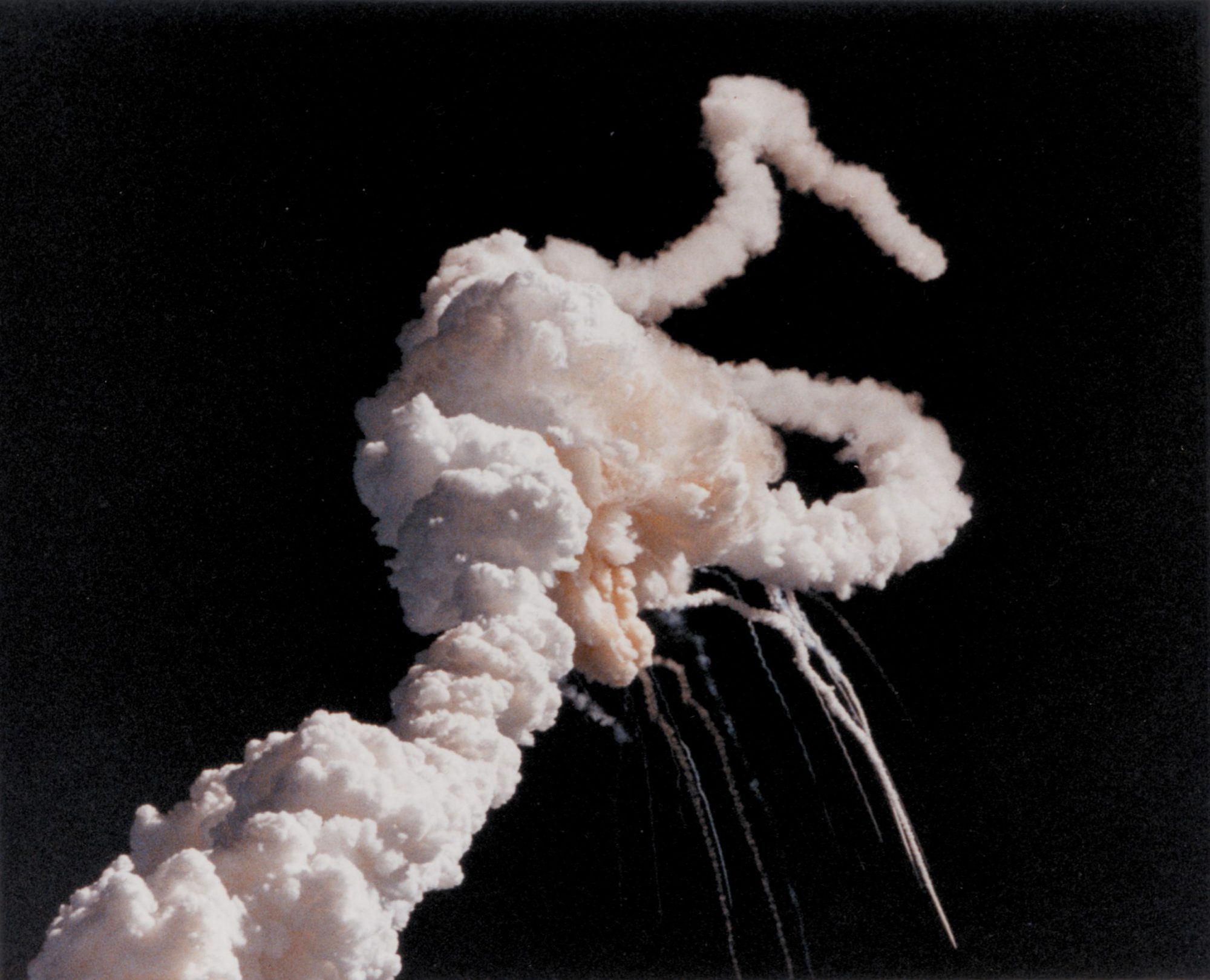This exercise examines the Space Shuttle Challenger‘s 1986 disaster using the previous safety record of the Space Shuttle Program. The probability of O-ring failures at various launch temperatures are modeled to make a prediction for the conditions on the morning of the disaster. It is found that the probability of a catastrophic failure is 34%, over three times higher than with the modified dataset that was originally used. The Rogers Commission, tasked with investigating the accident, noted that a catastrophe was generally underestimated due to omitting launch data where no O-ring damage was found.[2] This failure to understand the risk was in part the responsibility of Morton Thiokol, a contractor to NASA and producer of the O-ring involved component that failed.
This work was originally completed as part of the W271 Statistical Methods for Discrete Response, Time Series, and Panel Data course in the Master of Information and Data Science program at University of California, Berkeley. The exercise in turn was based on a previous 1989 paper on the same topic, originally published in the Journal of the American Statistical Association.[1]
Citations:
[1] Dalal, Siddhartha R., et al. “Risk Analysis of the Space Shuttle: Pre-Challenger Prediction of Failure.” Journal of the American Statistical Association, vol. 84, no. 408, [American Statistical Association, Taylor & Francis, Ltd.], 1989, pp. 945–57, https://doi.org/10.2307/2290069.
[2] Presidential Commission on the Space Shuttle Challenger Accident (1986), Report of the Presidential Commission on the Space Shuttle Challenger Accident (Vols. 1 & 2), Washington, D.C.: Author.
[3] Lawrence D. Brown, T. Tony Cai, Anirban DasGupta “Interval Estimation for a Binomial Proportion,” Statistical Science, Statist. Sci. 16(2), 101-133, (May 2001)
